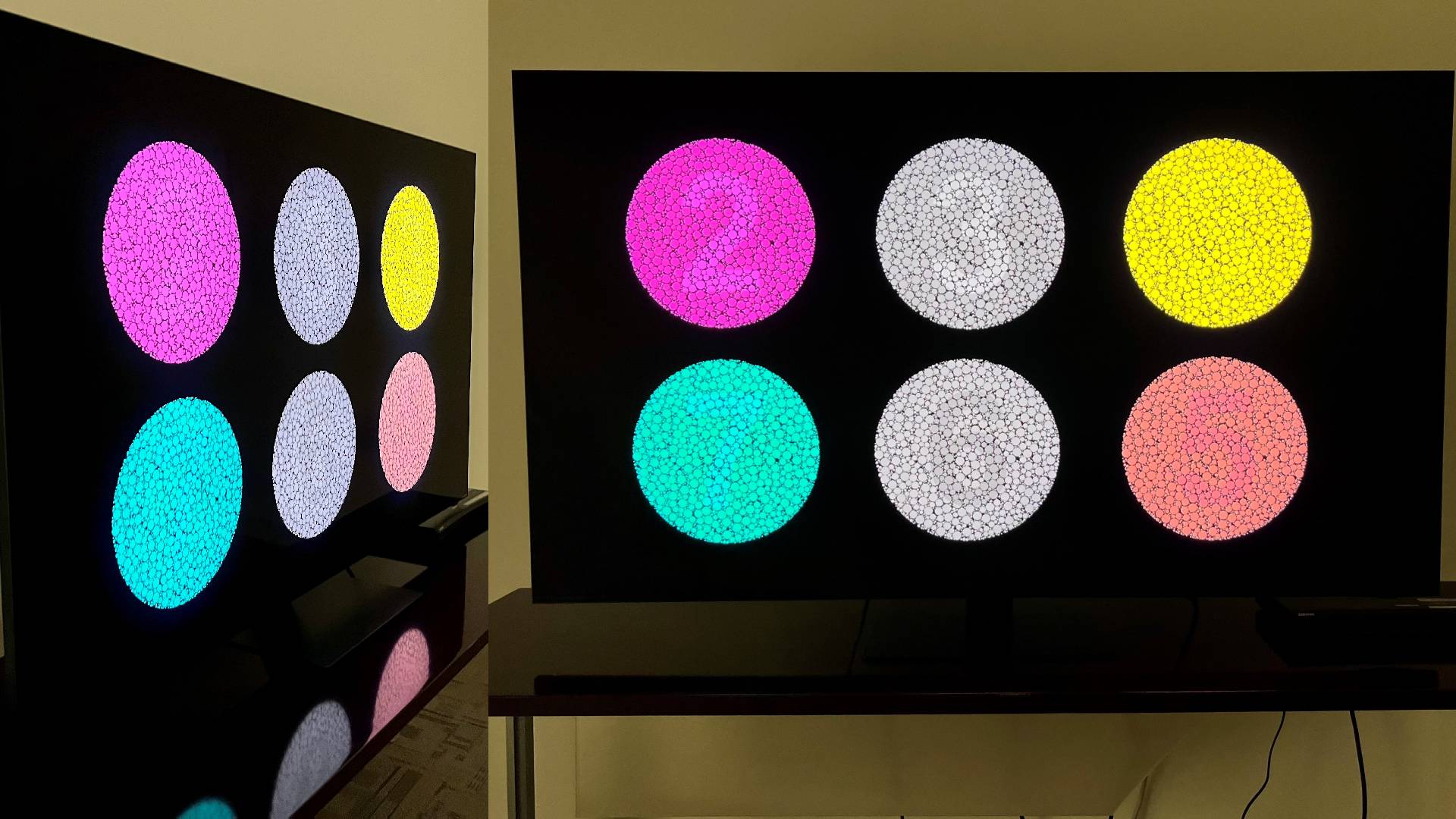
There goes another nail in the LCD TV’s coffin. While the varying technologies found in the panels used in liquid crystal display technology are still seeing major leaps in innovation, further development in the liquid crystals themselves aren’t expected.
According to the managing editor of Display Daily, Bob Raikes, Merck – a technology and science juggernaut that handles liquid crystal optimization for the industry’s top LC display manufacturer Innolux – has revealed that they are no longer investing in the research and development of the technology.
In a recent article on Display Daily, Raikes revealed some new insights that he gleaned from conversations with Merck in late May at the Display Week exhibition in Los Angeles. When asked about what upcoming innovations they had planned for LC materials, it was discovered that there were no major research and development projects planned.
Raikes did clarify that “there is some work [occurring] with reactive mesogens in the VR/AR field”, but there isn’t scope to push the development of LC materials alone. “They are developing LCs for privacy windows and antennas, but they told us that ‘there is no pull from clients’ for significant development in LC materials.”
Why the future is OLED
LCD TVs are still being released with major next-generation technological improvements inside of them. Take the Samsung QN95C for instance, the company’s flagship mini-LED-backlit LCD and one of its brightest yet.
Thanks to a new processor and adaptive light control feature that refines light in each dimming zone, the QN95C is a major step up from previous iterations. While it doesn’t yet feature in our best Samsung TV 2023 rankings, with a five star rating it’s certainly one of the best.
It’s also worth noting that several of the best TVs have LCD panels, including the Sony X90K, Samsung Q80B and Samsung QN85B, so there’s no short of top of the line LCD panels to choose from.
However, as Flatpanelshd points out, the last major development in LCD panel technology itself came in March when Merck unveiled a refinement to the Intrusion Prevention System (IPS) called IPS Black.
The technology is said to increase the contrast ratio in a display screen to achieve deeper and truer blacks. Outside of IPS (and now IPS Black), there’s also what’s known as VA, or vertical alignment, and TN, which is twisted nematic.
For me though, the most exciting display technology is by far OLED. In fact, a lot of the best OLED TVs feature across our best TVs guide and that’s purely because of the game-changing picture quality that they’re able to achieve.







